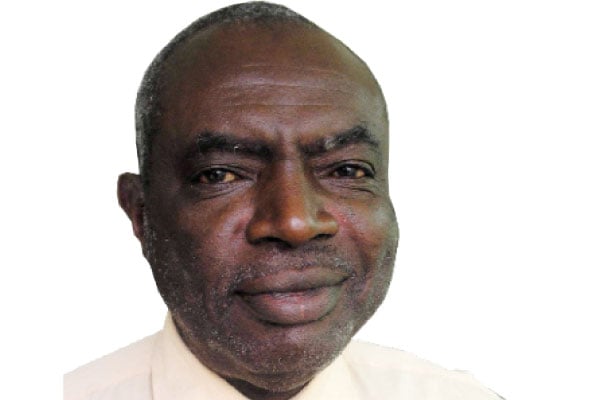How we should promote farming

Author, Michael J Ssali. PHOTO/FILE
What you need to know:
- Of what use is it granting a Parish Model loan of, say, Shs3m to a farmer with 13 children, two wives, living on just one acre of land?
Agriculture is said to be the backbone of our country’s economy. More than 70 percent of the households are engaged in farming.
For nearly 40 years the government has tried hard to support farming with a view to reduce poverty and food insecurity. If the majority of our people are farmers and we still worry about food insecurity it is a clear indication that something is wrong with the way they carry out farming.
Perhaps the first intervention by the government was the Rural Farmers Scheme in which the farmers were supplied with inputs such as wheelbarrows, seeds, spray pumps and a little cash.
The inputs were valued in monetary terms and farmers were expected to pay the loans upon selling the harvested crops.
Many more interventions have been made since then, including, Entandikwa, Bonna Bagaggawale, Emyooga, and another one, Parish Development Model has just been rolled out. However all indications seem to reveal that we could be doing the same thing, the same way and expecting different results.
Poverty and food insecurity continue to prevail within our people. Something must be wrong. According to United Nations Children’s Fund (Unicef), more than one third of all young children in Uganda –2.4 million,—are stunted and half of children under five and one quarter of childbearing-age women are anaemic.
The Food and Agriculture Organisation defines food security as a situation when there is sufficient and nutritious food for healthy living. Before we roll out poverty and food insecurity alleviation farming programmes there ought to be some questions to ask.
Does the farmer understand what foodstuffs have the needed nutrients? Does he grow vegetables and keep at least some simple livestock such as local chicken, rabbits or local goats? What is the size of his farm as compared to the number of children and wives that he has?
Land fragmentation continues to increase as the population grows bigger and farming households are running out of space for profitable agriculture. Of what use is it granting a Parish Model loan of, say, Shs3m to a farmer with 13 children, two wives, living on just one acre of land?
Mr Michael Ssali is a veteran journalist, [email protected]




